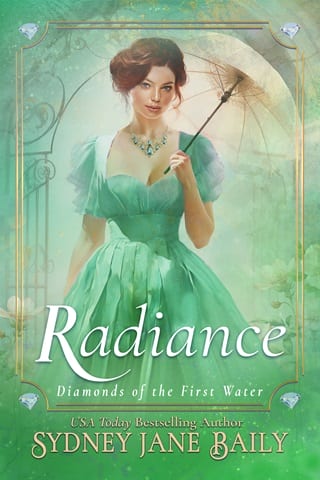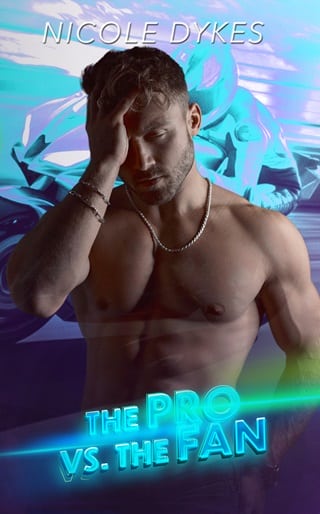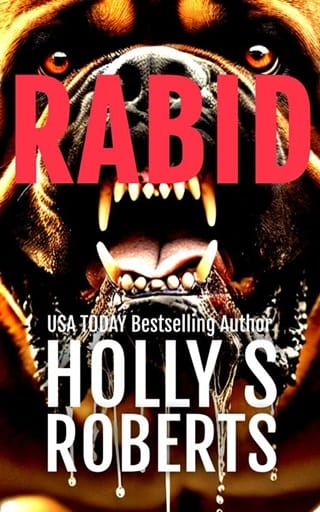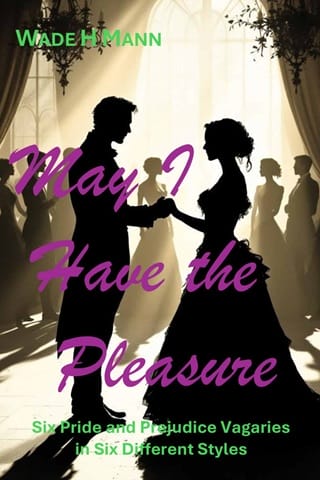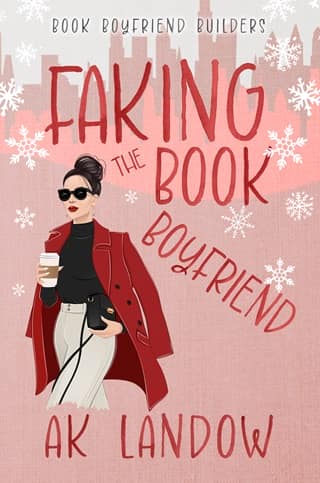Chapter Two
A fter a strangely combative encounter with the sole female in his audience, Edward began his talk with a tutorial on diamond cutting. “Let’s speak briefly of the earliest crude polishing and then the introduction of grinding facets.”
He went through the developments of the fifteenth and sixteenth centuries.
“And then came the first true rose cut.” He discussed other popular cuts, including Hogbacks, which became the baguette cut and showed semi-precious stones of the table and point cuts, before explaining how the Baroque period gave birth to the brilliant cut, which in turn brought about the marquise cut.
While knowing most were there to get a close view of the famed Hope Diamond, he wanted them to truly appreciate the spectacular structure of all diamonds.
Diamonds were uppermost in his mind as it was his first lecture since returning from visiting mines in India. He’d traveled as far as Kollur on the Krishna River and down to the jungles of Ceylon for other precious stones, only to nearly meet a sticky end the night before he got on the boat to return home.
Despite an unwelcome souvenir, an itchy scar across his side that stretched around to his lower back, he had lived another day to study gems, and his thirst for travel hadn’t been dimmed even a little by that nasty encounter with a knife-wielding native.
Next year, he hoped to travel to Africa once again, as far as the Cape Colony. And having been to Brazil in 1847, his first extended voyage, he had witnessed when the earth yielded the cache of diamonds known as the Chapada Diamantina . A return trip was a necessity.
And then, of course, there was Australia, on his list for some day in the not-too-distant future. He shook his head to stop wool-gathering. London was as exciting a city as any.
“Some of you may be familiar with the term cleavage .”
Even as the word left his lips, he recalled the lady amongst them. Some rude dogs used the word as often as the term beard-splitter and for the same mysterious and tantalizing female part.
Glancing at the red-haired lady, being struck again by her unusual beauty, he assumed she had never heard either of those insulting words.
“Diamonds have perfect cleavage — that is, their crystal structure allows for smooth facets when cut. Thus, lapidaries have been cleaving diamonds successfully since at least the sixteenth century.”
After explaining a little more about their molecular makeup, he discussed sawing , the last of the gemstone-shaping methods.
“And now,” he said, “let us delve into the history of the Hope Diamond, from when the French gem merchant Jean-Baptiste Tavernier acquired the stone in the 1660s while in India.”
The lady raised her hand.
“There will be time for questions at the end,” he told her. “And yes, I have the Hope with me if that is what you wish to know.”
“No, sir,” she said. “I merely wanted to point out that you neglected to mention the Mughal cut.”
Startled by her knowing the term, he nodded. “I had thought to discuss it when we get to the most well-known of all the Mughal cut diamonds.”
“The Koh-i-Noor,” she said.
“Yes, exactly. If that is all right with you,” he added, wondering if she would hear the sarcasm lacing his tone.
“That is a good idea,” she said jovially, “although for organized notes, it might have been better mentioned during your talk about the cuts.” She tilted her head. “Please, carry on.”
A few of the audience members chuckled at her regal directive. Edward cleared his throat.
“The Hope Diamond is thought to have been originally mined from the Kollur mine in the Gunter district of Andhra Pradesh. How Tavernier acquired it has been lost to the annals of time.” He didn’t mention his almost religious-like trek to see the area.
“Perhaps Tavernier stole it from a statue of the goddess Sita, wife of Rama. In any case, he returned to Paris with a somewhat triangular stone, reported to have weighed 112 carats. He soon sold his ‘Tavernier Blue’ to King Louis XIV.”
Edward held up a large poster showing the diamond’s original shape.
“And that’s the first time we learn of it being cut,” he said. “In 1673, the Royal Jeweler, Monsieur Pitau, was charged with making ‘a piece to remember,’ and he did exactly that over a period of two years. It’s hard to believe the king was so patient.”
His audience chuckled appreciatively.
He held up another large drawing, this one showing the cut diamond. This time, the listeners murmured their approval, but the fiery-haired female shook her head. She offered an expression of such disapproval that he couldn’t help engaging with her again.
“Is there a problem?” he asked.
She seemed surprised to be addressed, but Edward didn’t doubt for a moment that she would speak her mind and respond.
“I could have sketched a better, more realistic-looking stone, sir.”
“Is that right?” he shot back, annoyed since he had done his best. Sketching had never been a skill he’d mastered. “Do you fancy yourself an artist?”
“Oh, she is very good,” the man beside her spoke up. “You should see what she’s drawn here. Your very likeness.”
She had drawn him! Edward watched her cheeks bloom with color at the disclosure. He had never had such a distraction in one of his talks before, but he was only half annoyed. She was too lovely to be angry with. What’s more, he now longed to see her drawing.
Nonetheless, he had to regain control of his lecture.
“If you wish to see quality art, then I suggest you go down the hall to the Royal Academy. Fortunately, it is in this same wing.”
“Thank you, sir, but this is the lecture I wish to hear,” she returned evenly. They stared at one another for a long moment, and then he continued.
“This cut gemstone, now only sixty-seven carats, was newly christened ‘the Blue Diamond of the Crown of France,’ or more simply, the ‘French Blue.’ And it is considered one of the finest examples of a blue diamond.”
Rapidly, he went through how Louis XV had the diamond set in a pendant in 1749 by another court jeweler, Andre Jacquemin, and how the unfortunate Louis XVI was rumored to gift the diamond to his equally unfortunate queen.
“That last statement may be entirely fanciful,” Edward added, “since the diamond was meant to be reserved for kings. However, Queen Marie Antoinette may have worn it. We believe it was smuggled to England with her other jewelry before she was beheaded, or it was simply stolen after many of the crown jewels of the French Royal Treasury were turned over to the government. We know for certain that there was a great deal of looting, including of the crown jewels, in September of 1792. And then some halfwit decided to launch the unfounded notion that the diamond is cursed.”
Another wave of mumblings went through the audience. These men of science were unlikely to believe in a curse. Besides, all the other victims of the French Revolution certainly couldn’t blame their fate on a blue diamond of exquisite beauty.
He found himself looking again at the radiant redhead scribbling notes. Or he assumed she was and not sketching his likeness again. How strange ... and flattering!
Scanning his page of notes to make sure he wasn’t forgetting anything, he continued, “We lose track of the diamond again until 1812, when it is already cut in its current shape, although not yet owned by Mr. Hope. A London diamond merchant, Mr. Eliason, speaks of a ‘massive blue stone of 45.54 carats,’ thus another twenty-two carats smaller than the French Blue, but we assume it is the same one ... In the ensuing years, until 1839, common opinion believes our own George IV owned it, yet I have thoroughly consulted the Royal Archives at Windsor and can find no confirmation.”
At this point, Edward paced the front of the room, warming to his tale as they approached modern times.
“In any case, King George had debts, and if he did own it, he sold it to pay them. Finally, in 1839, it came into the hands of London banker Henry Philip Hope as recorded in an entry of the gem collection catalog. At that time, it became known as the ‘Hope Diamond.’”
Radiance knew all this , yet found herself hanging upon Mr. Lockwood’s every word. Her note-taking had dwindled in favor of simply watching the man presenting information that he clearly knew as well as he knew his own name.
“When Mr. Hope died in 1839, his heirs fought an extended legal battle over the stone. Henry Thomas Hope, his nephew, eventually inherited it. And we are fortunate that he displayed it in the Great Exhibition of London last year, when many of you had the treat of seeing it in person, some for the first time.”
The way he said it made Radiance certain Mr. Lockwood had seen it and even held it many times. And then, as she’d hoped, he withdrew a wooden box from under the table, placed it on top, and opened it. Inside was a black velvet cloth, bunched up haphazardly. One could almost hear the collective holding of breath.
Lifting this out, he unfurled the velvet, smoothing it and straightening it until the blue diamond was directly in the center, on display. Then he positioned a lamp on either side.
The room erupted in applause. Finally, Mr. Lockwood held up his hands.
“I am fortunate to be upon close acquaintance with Mr. Hope, who intends to keep the diamond in his family and also to keep it in its current cut without losing any further weight. I will allow you all to walk past it and view it at the lecture’s end, as long as you don’t attempt to touch it. In which case, I will have to shoot you.”
Radiance started to laugh, as did a few other people, but Mr. Lockwood’s stern expression quelled their mirth. He appeared to be serious. In the next instant, he withdrew a pistol from his satchel and placed it upon the edge of the table before him.
While a stunned audience stared silently, he resumed the lecture as if there was nothing out of the ordinary.
“Does anyone know why the diamond has a distinctly bluish hue?’’ Mr. Lockwood asked while they were all still gaping either at the stone or at the gun.
Radiance put up her hand, thinking many would join her. Surely, it was a rhetorical question. Yet only a few of the hundred or so listeners raised their hands. Beside her, Lord Woolley merely crossed his arms.
“I didn’t realize there would be an oral examination along with this lecture,” he quipped. Then he saw her arm lifted in the air. “Don’t say you actually know the answer.”
Before she could lower her arm, Mr. Lockwood said, “You there. Can you tell us why?”
Radiance couldn’t credit that he was truly addressing her out of all those in attendance. Perhaps there was someone behind her to whom he might be directing his question. She would hate to speak out of turn.
“I am speaking to you, the singular lady in our midst. Or did you raise your hand simply to stretch?”
Radiance nearly gasped at such an insult and, leaning forward, blurted, “The coloring is due to the amount of boron within the carbon that makes up a diamond. I hope I said that simply enough in laywoman’s terms.”
Then she sat back, satisfied with his surprised expression.
“A very succinct and accurate explanation. Thank you.” He finished with a nod. “And that explains why, unlike the Hope Diamond, the Koh-i-Noor was something of a disappointment to those who saw it at the exhibition. It isn’t a sparkling clear gem, nor of a particularly attractive hue.”
“Agreed,” she said, despite knowing he was speaking to everyone.
Regardless, he directed his next remark to her.
“Since you gave the correct answer, would you like to come to the front and view the diamond up close?”
Radiance’s heart skipped a beat. Yes, she would! Mr. Lockwood didn’t have to ask twice.
Standing, she threaded her way quickly along the row, her path made easier by the fact that every man in the entire lecture hall rose to his feet. Hastening down the aisle to the front of the room, she nodded to their esteemed lecturer before peering down at the blue diamond. It was the absolute best view she could imagine short of holding it up to the light.
“Have you seen it before?” he asked.
“Yes, sir,” she answered, not taking her gaze from the magnificent stone. “At the Great Exhibition. Thrice, in fact.” After a few moments of examining it, seeing the perfection of the cuts to which it had been subjected in its long existence, she glanced at him.
Her initial notion of him being a handsome man had been correct. Close up, he had dash-fire to spare, with rich brown hair and eyes the color of golden topaz with an intriguing glimmer.
“What other gems did you see at the exhibition?” he asked.
“The Koh-i-Noor.” Her cheeks warmed, realizing she was standing in front of a room full of men while gawking at Mr. Lockwood. She cleared her throat.
“Do you have that with you, too?”
“Alas, no.” He appeared amused. “Queen Victoria doesn’t lend that out for lectures, even to this prestigious institution. I believe it is safely with the other royal jewels at the Tower.”
“I see. But you do have access to it, do you not?”
He clamped his lips closed.
“You may return to your seat now.”
Hm. She was dismissed but didn’t mind. The experience had been singularly thrilling nonetheless, and she bent over to see the stone more closely for one last look.
Would Mr. Lockwood pick up his gun if she stuck out her gloved finger toward the diamond?
And then, all thought fell away as she saw what looked like a small fissure. Her mouth fell open while she stared in disbelief. Most certainly, she hadn’t seen any such flaw upon viewing the diamond at the exhibition the year before. Of course, she’d been at a distance, but no one, not even during this lecture, had ever made mention of such an inclusion in the Hope, either.
“Mr. Lockwood,” she began.
“Please return to your seat. We have more diamonds to discuss.”
Radiance hesitated, looking from the stone to the now stony-faced man. Then she leaned closer and blew, in case it was simply a hair that had floated gently onto it.
“Excuse me! What are you doing?” He raised his voice, and the audience gasped.
 Fullepub
Fullepub 